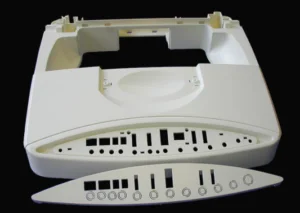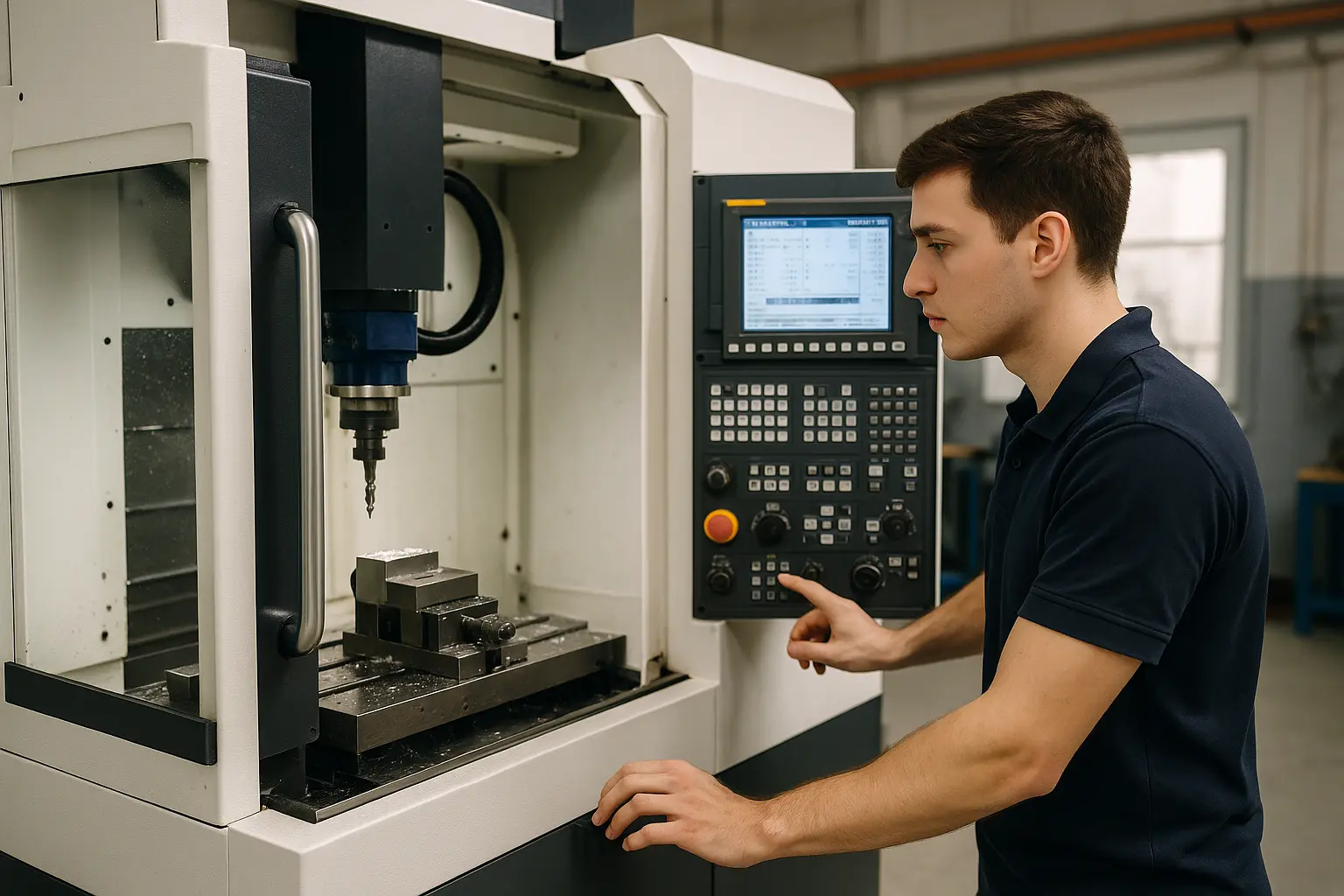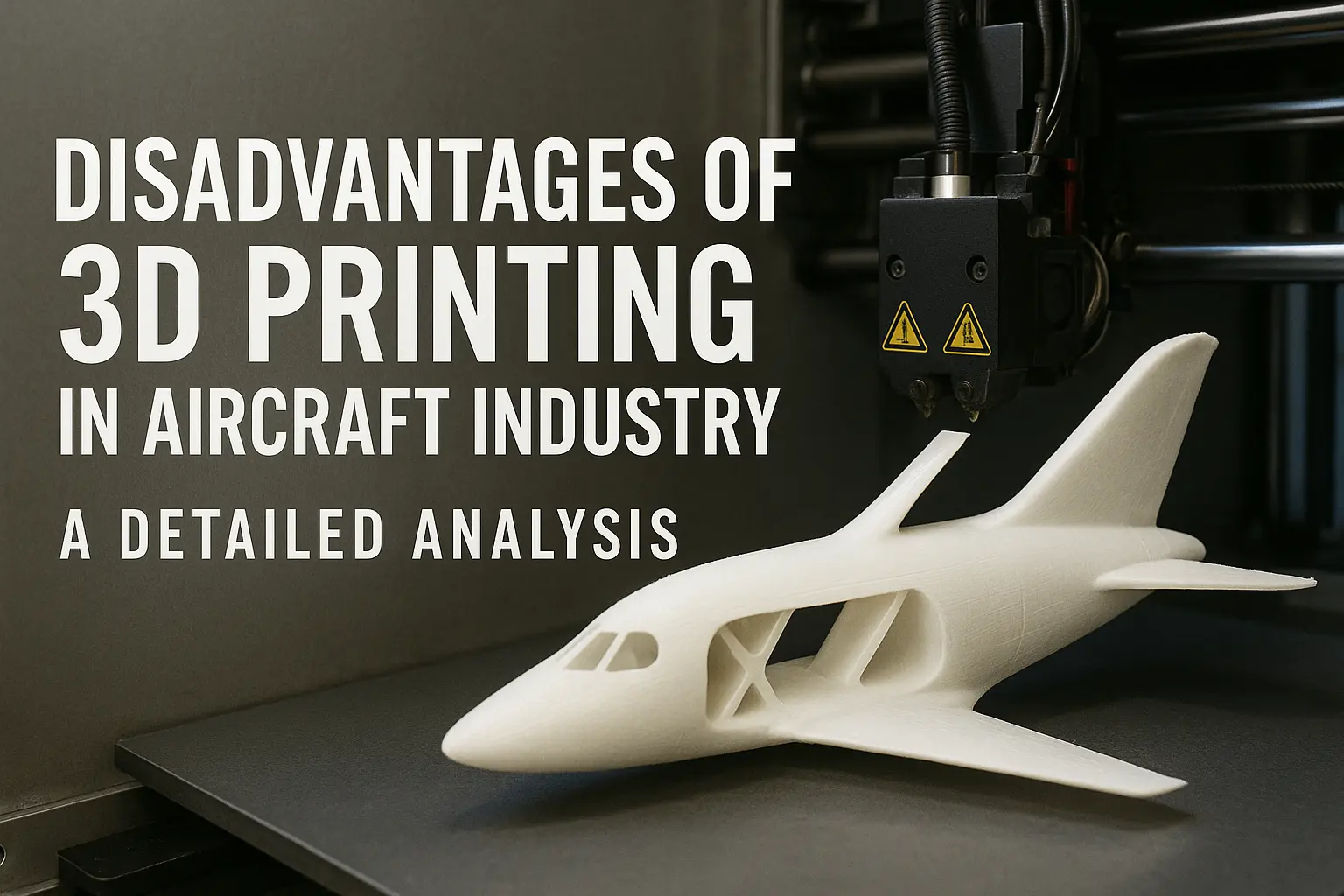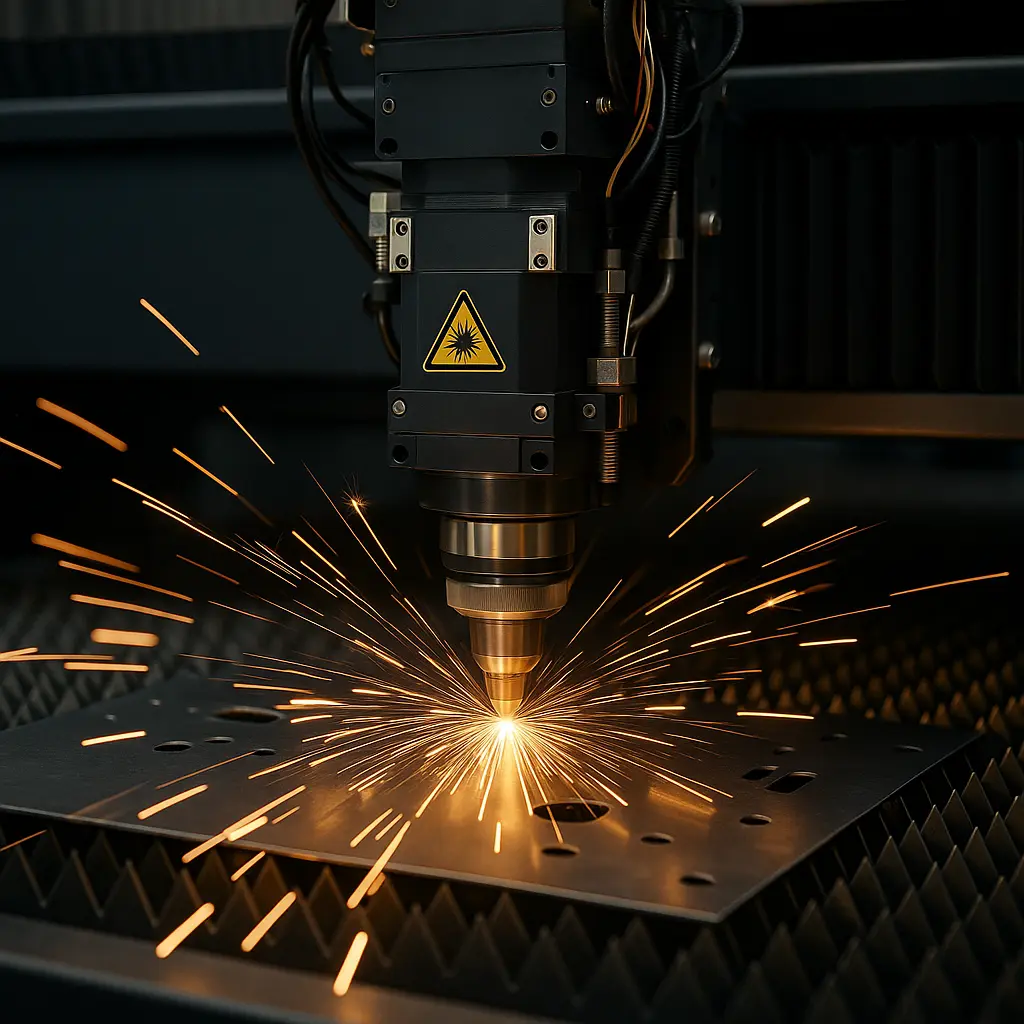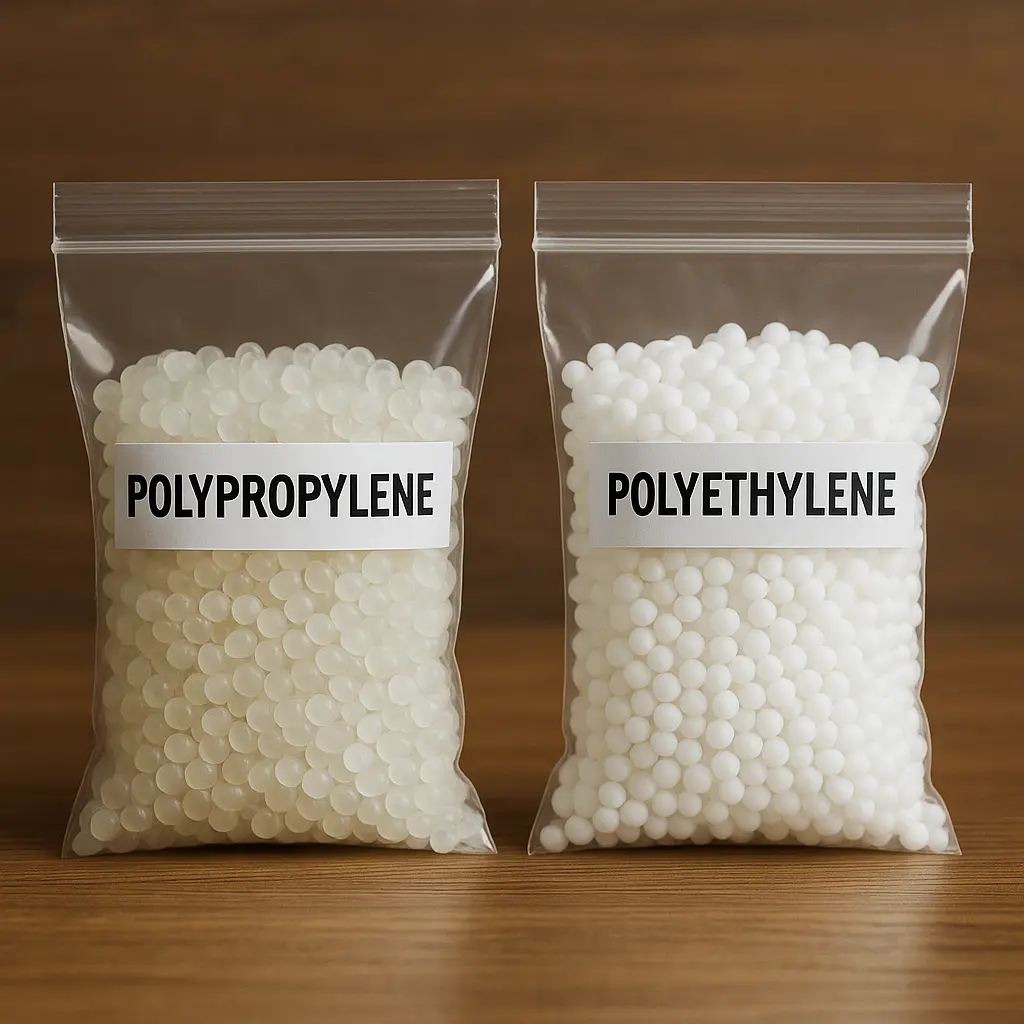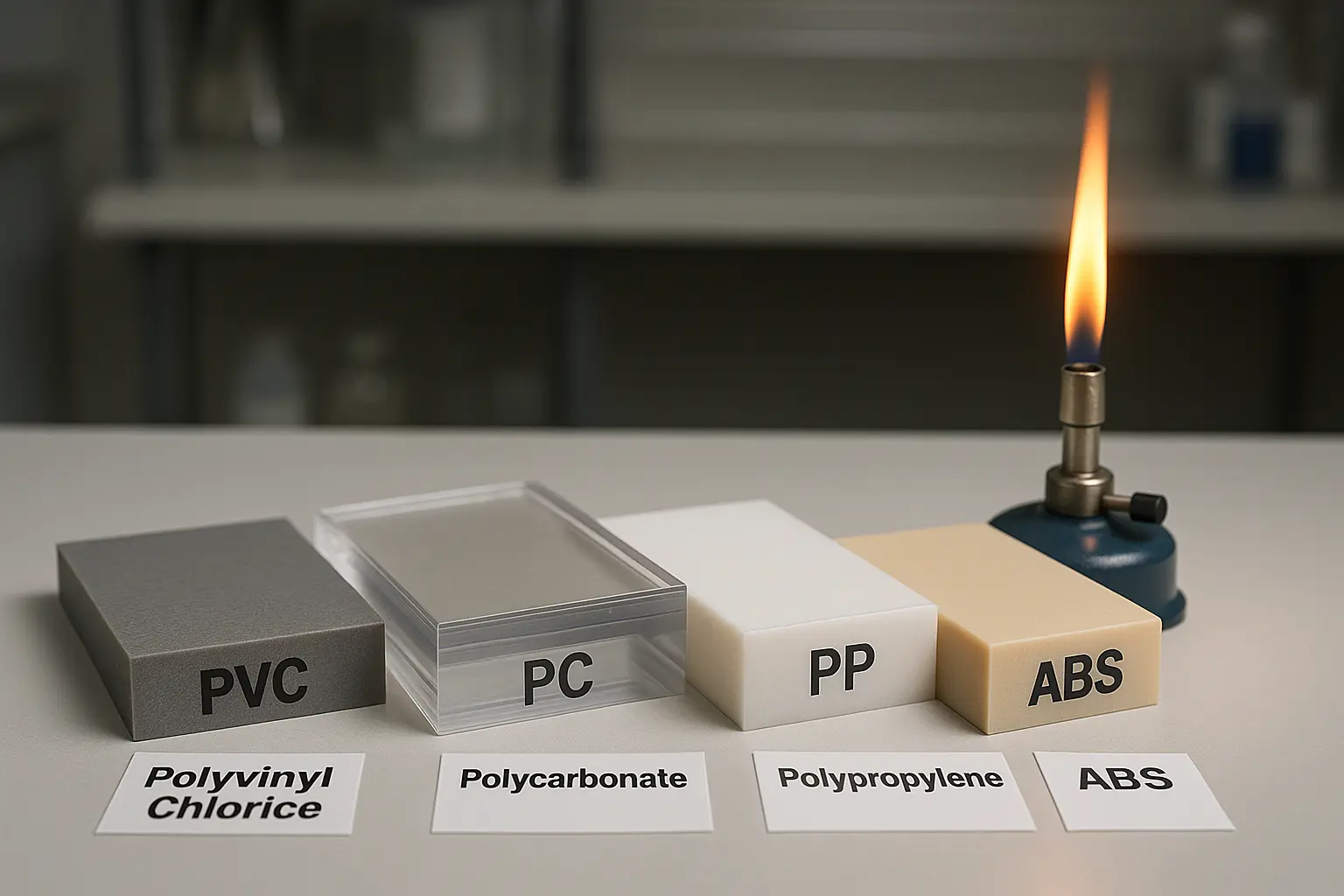Products that have just been designed cannot usually be perfect, and may even be unusable. If there are any defects in the direct production process, they will all be scrapped, resulting in a significant waste of manpower, resources, and time.
Whether you’re crafting a sleek product design or testing functionality, understanding the diverse techniques of prototype forming methods can make all the difference. Let’s dive into the world of prototyping and uncover the methods that shape innovation.
Common Prototype Forming Methods: An In-Depth Guide
Prototyping is a critical step in product development, bridging the gap between conceptual design and final production. Various methods are employed to create prototypes, each tailored to different needs, materials, and design complexities. Common prototype forming methods include 3D printing for intricate and rapid production, CNC machining for precise and durable models, and injection molding for scalability.

Prototypes are often necessary when developing or designing products from scratch. Mold making operations often necessitate one or more functional prototype forming methods based on product’s appearance drawings or structural plans to test for appearance or structural rationality.

Prototyping is used to test the feasibility of a product without opening its mold. Prototyping typically entails producing small numbers of samples with minimal manpower and resource loss during production cycle; quickly identifying product design flaws and making improvements, providing sufficient evidence for finalization of design and mass production.
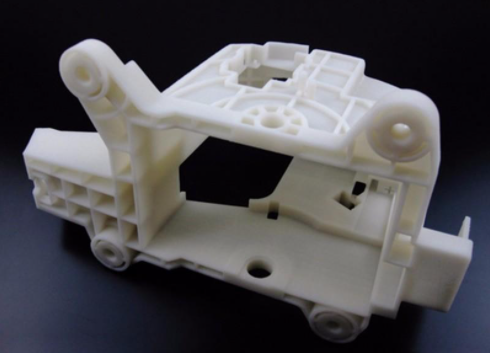
There are various methods available for creating prototype forming methods, each offering different advantages and disadvantages.
1. Mud carving
Manual sculpting of a three-dimensional product using clay is called clay sculpture. In the early days of industrial manufacturing, when there were no automated equipment, hand-made prototypes were all carved using clay sculpture.

The material used for clay sculpture is hard plasticine, which is generally carved by hand. The sculptor uses plasticine to stack and carve based on the design concept of the product or reference to design images, and finally obtains a plasticine model of the product’s appearance.

To obtain a high-quality appearance model, the requirements for the sculptor’s aesthetic sense and artistic touch are relatively high, so the cost is relatively higher.
2. CNC fine carving machine processing
CNC engraving machine processing is a relatively traditional prototype forming methods manufacturing process, which is good at fine machining with small cutting tools and has the ability to mill, grind, drill and high-speed tap. It is widely used in many fields such as the 3C industry, mold industry, medical industry, etc.

The prototype produced by CNC machining magnesium tool processing technology can accurately reflect the information expressed in the drawings, and the surface quality of the prototype forming methods is high, especially after surface coating and silkscreen printing are completed. It is even more radiant than the product produced after mold opening.
CNC processing is suitable for products with high material toughness requirements, large products, and high precision. Suitable materials include plexiglass, resin, wood, metal (including copper, aluminum, and soft steel with a hardness less than HRC40).

Most CNC prototype machining used for making prototypes are 3-axis machines. Some complex structural parts need to be processed separately and then manually spliced together because a 3-axis machine can only process one surface at a time.
3. 3D printing

3D printing is usually achieved using digital technology prototype forming methods material printers. It is often used in mold manufacturing, industrial design, and other fields to create models, and gradually used for the direct manufacturing of some products. There are already parts printed using this technology. This technology is used in jewelry, footwear, industrial design, architecture, engineering and construction (AEC), automotive, aerospace, dental and medical industries, education, geographic information systems, civil engineering, firearms, and other fields.

There are many different technologies for 3D printing, which differ in the way they use available materials and create parts by building them up in different layers.

Common materials for 3D printing include resins, nylon fiberglass, durable nylon materials, stainless steel, aluminum materials, titanium alloys, silver plating, gold plating, gypsum materials, rubber materials, and so on.

3D printing is low-cost (high material utilization), fast cycle, simple operation, high precision prototype forming methods, and can be integrated regardless of the complexity of the product structure. This molding method is the most popular and is an important supplement to traditional processing methods rather than a replacement.
4.silicone compound molding

The silicone molding process refers to the process of defoaming, mixing, preheating, and molding the casting material under vacuum conditions, followed by a secondary curing process for 2-3 hours in a thermostat at 60°C-80°C.

The imitation produced by silicone mold can achieve the strength and hardness of ABS and other materials. Using a silicone mold can make more than 20 identical products. This greatly reduces the development cost, cycle, and risk of the product.

Silicone rubber molding may be ideal for prototype forming methods manufacturing complex-structured samples with uniform wall thickness that fulfill specific functional and appearance criteria at lower costs and quicker cycles, than casting iron molds. Silicone rubber molding should therefore be considered when producing small batch samples that fulfill certain functional and appearance standards.
Silicone molding allows manufacturers to produce materials such as ABS, PC, PP, soft rubber, PMMA, nylon and PVC among many others.
Disadvantages of silicone mold: Since silicone molds do not offer resistance against acids or alkalis, aging, or uneven wear-and-tear, their service life tends to be short. Also, marks, streaks or uneven surfaces often arise on its surfaces due to being soft molds with tolerance ranges between 0.1-0.2mm; consequently their accuracy of product development does not reach high standards.

